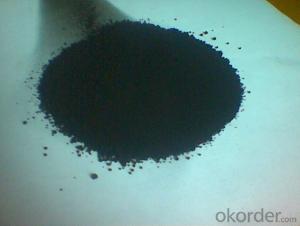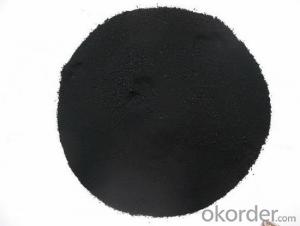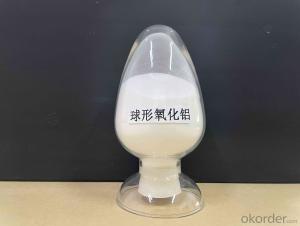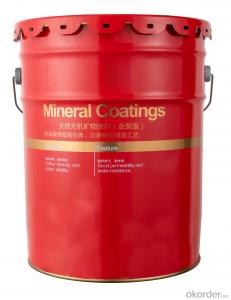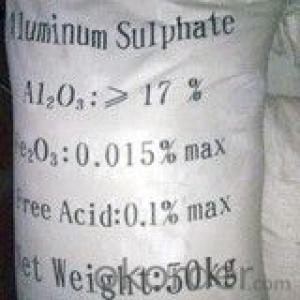Carbon Black N234(ISAF-HS) for granular
- Loading Port:
- Qingdao
- Payment Terms:
- TT OR LC
- Min Order Qty:
- -
- Supply Capability:
- 20000 m.t./month
OKorder Service Pledge
OKorder Financial Service
You Might Also Like
Specifications
high strcture;comparatively nice rubber-reinforcing and abrasion-resistant ability in the series of N200
Technical Data Sheet:
No. | Item | Product Name: N234 | Performance |
1. | Iodine Absorption(g/kg) | 120±7 | It is also known as medium super abrasion furnace black. It is frequently used furnace with higher structure, whose abrasion resistance is between super abrasion furnace black and high abrasion furnace black. The product is used in truck tire and other rubber products, where high strength and high abrasion resistance are required. |
2. | DBP absorption (10-5m³/kg) | 125±7 | |
3. | Compressed DBP absorption (10-5m³/kg) | 96~108 | |
4. | CTAB surface area (10³m²/kg) | 109~125 | |
5. | STSA (10³m²/kg) | 105~119 | |
6. | Nitrogen surface area (10³m²/kg) | 112~126 | |
7. | Tint strength % | 115~131 | |
8. | Pour density (kg/m³) | 320±40 | |
9. | Heating loss % ≤ | 2.5 | |
10. | Ash content % ≤ | 0.7 | |
11. | 45μm residue on sieve % ≤ | 0.100 | |
12. | Impurity | no | |
13. | 300% stress at definite elongation MPa ≥ | 0.0±1.5 |
Packing Dimension:
Packing | Unit Dimension (cm) | Folded Packing Dimension (cm) |
20kg/bag | 65*45*15 | 105*105*230 |
500kg/bag | 105*105*130 | 105*105*230 |
1000kg/bag | 105*105*230 | 105*105*230 |
Storage & Transportation:
Storage:Keep in dry and well-ventilated place, protect from moisture and sharp objects, separate from oxide.
Transportation: With pallet, coating, protect from rain, sun and sharp objects, separate from other articles.
- Q:put in a way that a freshman in high school can understand please =)
- Enzymes are actually biological catalysts composed of hundred of amino-acids, which are produced by living organisms. They are responsible for a number of reactions and biological activities in plants, animals, human beings and micro-organisms. There are also chemical catalysts that interact with other reactants and modify them without being changed themselves.
- Q:What is positive and negative catalyst in chemistry?
- Positive catalyst can speed up the reaction rate, negative catalyst can slow down the reaction rate
- Q:What is the nature of the chemical catalyst?
- Catalyst is the chemical reaction can change the reaction rate of other substances, and its own quality and chemical properties in the chemical reaction before and after the material has not changed Some catalyst can really slow down the reaction rate, the book said only refers to the usual circumstances , In general, junior high school and high school teaching into the do not do special instructions are understood to speed up the reaction rate. It is only necessary to know that the catalyst is not only used to speed up the reaction rate. Once the reversible reaction reaches equilibrium, adding the catalyst does not break the balance, but at the same time accelerates the forward and reverse reaction rates. The degree of acceleration is the same.
- Q:okay im doing a project for my classroom about catalyst and i have to draw a picture but when i looked up on google i just saw a bunch of random stuff and a couple were metal so thats why im asking this question. :)
- A catalyst is something that enables a process to take place without being part of said process itself, such as in a chemical reaction.
- Q:Chemistry GCSE what is a catalyst?
- Enzymes are catalysts in organic and organic strategies. many times catalysts that are used for business or lab reactions are fairly basic compounds. diverse reactions use diverse catalysts, that's because of the various reaction mechanisms. Catalysts take part in a reaction yet end unchanged. Hydrogenation catalysts are factors which includes platinum, nickel and so on. those metals react with the hydrogen on the exterior of them and the different reactant which includes vegetable oil to produce a product. Platinum is is utilized in catalytic converters on automobiles, in spite of the undeniable fact that lead can injury the platinum by potential of blocking off the exterior, subsequently you shouldn't use leaded petrol in automobiles with catalytic converters. Vanadium pentoxide is used to catalyse the reaction of SO2 to SO3 . and so on and so on. So in biology diverse enzymes are required for various reactions, reckoning on the reaction mechanism. Starch hydrolyses to glucose with an enzyme spoke of as ptaylin, cutting-edge in saliva. Proteins choose enterokinase to start the reaction all the way down to amino acids. there are a number of enzymes for various chemical strategies, that shall we not stay to tell the tale without. Animals that graze which includes cows and horses have enzymes cutting-edge of their digestive tract which will ruin down cellulose, we don't, so as that they are in a position to consume grass and so on and extract glucose from it. desire this helps, and not confuses.
- Q:What is the definition and function of the catalyst in chemistry?
- The catalyst plays an important role in chemical production. For example: in the oil refining process, the use of high-performance catalyst into gasoline and no other; in the car exhaust treatment process, with the catalyst to promote harmful gas conversion ...
- Q:Word editor when playing chemical equation = with the above conditions or how to adjust the size of the catalyst, how to make it centered,
- Open the word - insert - object - WPS3.0 formula - and then select the "label arrow template", you can add a catalyst.
- Q:Chemistry is often said that the catalyst can change the material reaction rate, rate and speed What is the difference
- The rate is only size, no direction, speed both size and direction
- Q:Will the catalyst change in the chemical reaction?
- The role of catalyst refers to the chemical reaction in the catalytic role of the reagent, of course, the catalytic effect can be divided into two kinds, one is to speed up the progress of the reaction, one is to inhibit the progress of the reaction, the specific role of the catalyst to see the actual reaction needs.
- Q:How does catalyst aid a chemical reaction?
- A catalyst works by providing an alternative reaction pathway to the reaction product. The rate of the reaction is increased as this alternative route has a lower activation energy than the reaction route not mediated by the catalyst. Catalysts generally react with one or more reactants to form an intermediate that subsequently give the final reaction product, in the process regenerating the catalyst. The following is a typical reaction scheme, where C represents the catalyst, X and Y are reactants, and Z is the product of the reaction of X and Y: X + C → XC (1) Y + XC → XYC (2) XYC → CZ (3) CZ → C + Z (4) Although the catalyst is consumed by reaction 1, it is subsequently produced by reaction 4, so for the overall reaction: X + Y → Z As a catalyst is regenerated in a reaction, often only small amounts are needed to increase the rate of the reaction.
1. Manufacturer Overview |
|
|---|---|
| Location | |
| Year Established | |
| Annual Output Value | |
| Main Markets | |
| Company Certifications | |
2. Manufacturer Certificates |
|
|---|---|
| a) Certification Name | |
| Range | |
| Reference | |
| Validity Period | |
3. Manufacturer Capability |
|
|---|---|
| a)Trade Capacity | |
| Nearest Port | |
| Export Percentage | |
| No.of Employees in Trade Department | |
| Language Spoken: | |
| b)Factory Information | |
| Factory Size: | |
| No. of Production Lines | |
| Contract Manufacturing | |
| Product Price Range | |
Send your message to us
Carbon Black N234(ISAF-HS) for granular
- Loading Port:
- Qingdao
- Payment Terms:
- TT OR LC
- Min Order Qty:
- -
- Supply Capability:
- 20000 m.t./month
OKorder Service Pledge
OKorder Financial Service
Similar products
New products
Hot products
Related keywords
